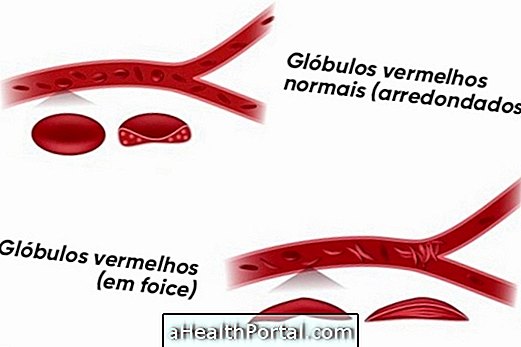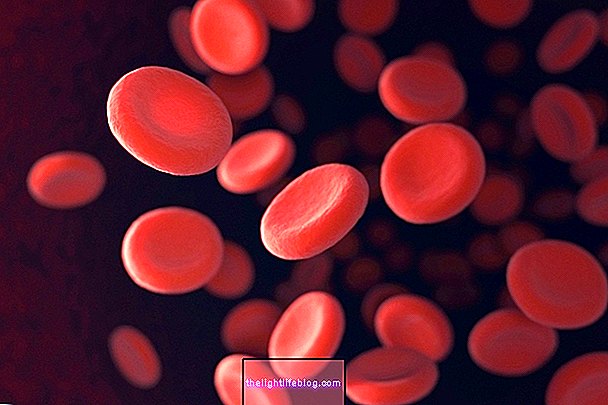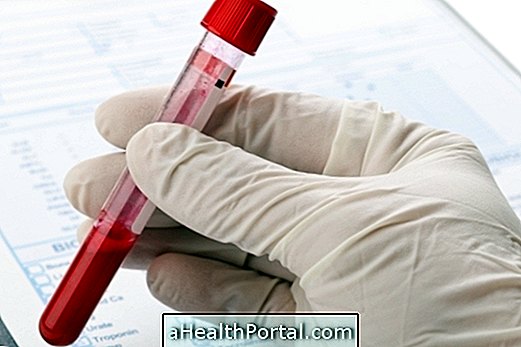Venous thrombosis is the obstruction of blood flow in the veins by a clot, or thrombus, and its treatment should be started as soon as possible to prevent the clot from increasing in size or moving into the lungs or brain, causing pulmonary embolism or AVC.
The thrombosis is curable, and its treatment is guided by the general practitioner or vascular surgeon after identification of the symptoms and confirmation of the diagnosis, and can be done with anticoagulant drugs, in mild cases, or with thrombolytics and / or surgery, in the most serious. To understand more details about what is and what the symptoms of thrombosis, check out how to identify thrombosis.
In addition, after the acute phase has passed, your doctor may direct the use of elastic compression stockings and the practice of light physical exercise, such as walking or swimming, to facilitate blood circulation and prevent the problem from recurring .

Treatment Options
Treatment options for thrombosis depend on the symptoms and severity of the case, and may include:
1. Anticoagulant Remedies
Anticoagulants, such as Heparin or Warfarin, are the first treatment option for deep vein thrombosis since they decrease the blood's ability to clot, thin the clot, and prevent new clots from forming elsewhere in the body.
Usually, in the case of thrombosis in the legs or arms, the anticoagulant treatment is made with tablets and lasts for about 3 months, and can be kept longer if the clot is too large, delay to dilute or if there is any disease that facilitates the formation clots.
There are several types of anticoagulants, which can be:
- Injectables such as Heparin have a faster action and are taken in combination with the oral warfarin tablet until coagulation tests such as INR and TPAE show that the blood is indeed in the range of anticoagulation. After achieving this goal (INR between 2.5 and 3.5), the injectable is discontinued, leaving only the oral tablet.
- In tablet, with modern drugs such as Rivaroxaban, which are able to replace warfarin and do not require correction by INR. These do not need to be started with the injectables. However, care must be taken in the presence of some factors such as kidney disease, age, weight and still have a high cost.
To better understand how these drugs work, check out the most commonly used anticoagulants and what they are for. In addition, during treatment with anticoagulant, the patient should do blood tests regularly to evaluate the thickness of the blood and avoid complications, such as hemorrhages or anemia, for example.
2. Thrombolytic Remedies
Thrombolytics such as streptokinase or Alteplase, for example, are used in cases where only anticoagulants are unable to treat deep venous thrombosis or when the patient develops severe complications such as extensive pulmonary embolism.
Treatment with thrombolytics usually lasts for about 7 days, during which time the patient should be admitted to the hospital to take injections directly into the vein and avoid efforts that could lead to bleeding.

3. Surgery for thrombosis
Surgery is used in the most severe cases of deep vein thrombosis or when it is not possible to dilute the clot with the use of anticoagulants or thrombolytics.
Surgery for deep venous thrombosis serves to remove the clot from the legs or to place a filter into the inferior vena cava, preventing the passage of the clot to the lungs.
Signs of Thrombosis Improvement
Signs of amelioration of thrombosis occur a few days after initiation of treatment and include decreased redness and pain. The swelling of the leg can take a few weeks to reduce, and may be greater at the end of the day.
Signs of worsening of thrombosis
Signs of worsening thrombosis are mainly related to displacement of the clot from the legs to the lungs and may include sudden difficulty breathing, chest pain, dizziness, fainting, or coughing up blood.
When the patient shows these signs of worsening, one should immediately go to the hospital or call for medical help by calling 192.
























